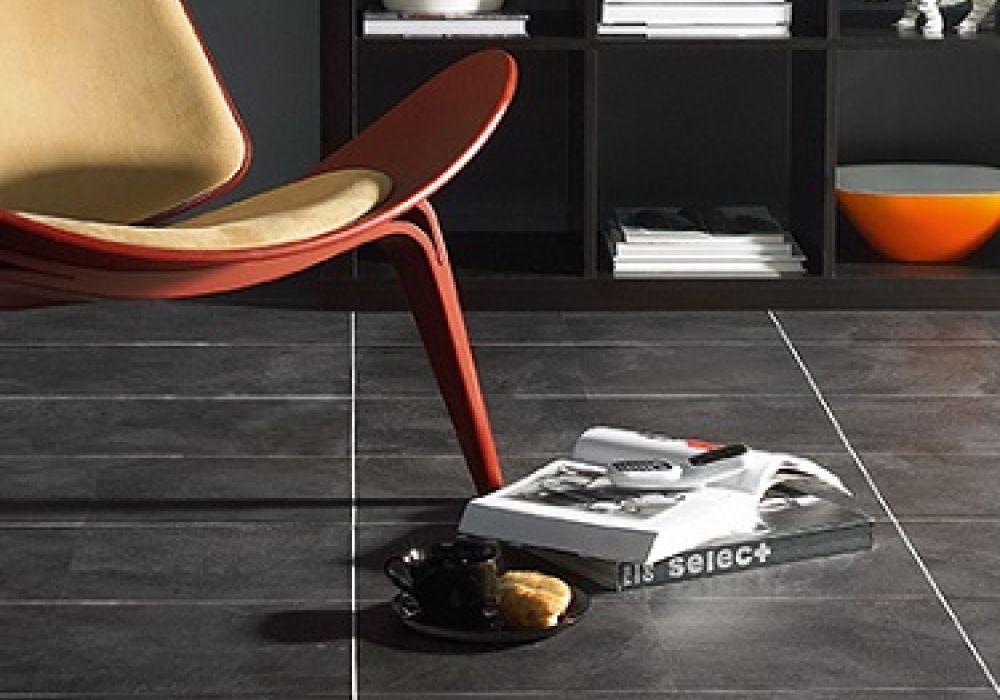
These are simple guidelines when purchasing and fitting a laminate floor.
Condition of Sub Floor
The sub floor means the floor on which you lay your laminate floor on.
Concrete Sub Floor
The concrete must have a low moisture content. This can be checked by doing a moisture reading. If the floor is not dry your floor will expand and swell. So do a moisture test to be sure.
Floor Levels
Your floor must be level. If it has bumps or dips you will then have a bounce in your floor, which is both annoying and will also cause joints in your floor to eventually break. Underlay can help but, in most cases, will not fix the problem. So, you will have to use a levelling compound to resolve the problem.
Underlays Vary
There is a standard basic barrier underlay. The most popular are flat rubber underlays with either a gold or silver foil, these vary in thickness from 2mm to 4mm which also acts as a sound barrier. This is the underlay we use and recommend.
Wood Sub Floor
Again the level of the floor is the most important thing. If not level, you can pack out the floor or sheet the floor with plywood which is available from 6mm to 27mm depending on how uneven the floors are.
Acoustic underlay is important laying over a wood subfloor, which helps in reducing sound and noise travel.
Wearability
Usually, laminates have an AC Rating.
We recommend for the following:
Bedrooms & light traffic rooms or areas – AC3 Minimum
Heavy Traffic Areas – Halls & Living Areas – AC4 / 5
Commercial Areas – AC5
Thickness is not as important as the surface wear layer. This is how the floor is rated.
Different Styles of Laminate Flooring:
Standard Plank – Usually are 1200mm to 1400mm Long
The widths range from 4 inches (100mm to 8 inches)
Long Plank – Usually 1.8mts to 2mts
Herringbone (Parquet)
Herringbone style floors are very popular now, they vary in size from 4ins 100m to 180mm in width, Length 12inch (300mm) to 18 Inches (450mm)
Herringbones can creak and bounce a lot if the fitting procedures aren’t followed.
To Guarantee eliminating this problem we suggest you glue the floor down all over, or break at doorways to each floor area to allow adequate exposure.
Colours & Styles & Appearance:
What we recommend when buying a laminate is to buy one that is difficult to tell if its laminate or engineered.
Obviously, you want it to look as real as possible to natural wood. The following variables come into it.
Foil Wrapped flooring:
Means the colour on the paper that’s used to make the floor, is wrapped around the edges. The effect is that where the joints meet won’t be a different colour, otherwise the lines between the planks will look like a different colour. This is a more costly process for the manufacturer which can reflect in the price.
Texture:
Slightly embossed instead of smooth makes it more real looking
Colours: Grey is still very popular but taupe, mink and bleached oaks are most popular. These still blend with greys and can also be used with more traditional beige tones too.
Dark Oaks & Walnuts – These colours are also quite popular and again can be used on either side of the colour pallets which are either beiges tones or grey tones.
Traditional Oak: We are starting to find that people are using natural oak colours with grey colours to add warmth.
Discover Our Perfect Range Of Laminate Flooring. The Very Latest Trends & Styles. Latest Trends. Speak With Our Expert Team Today.